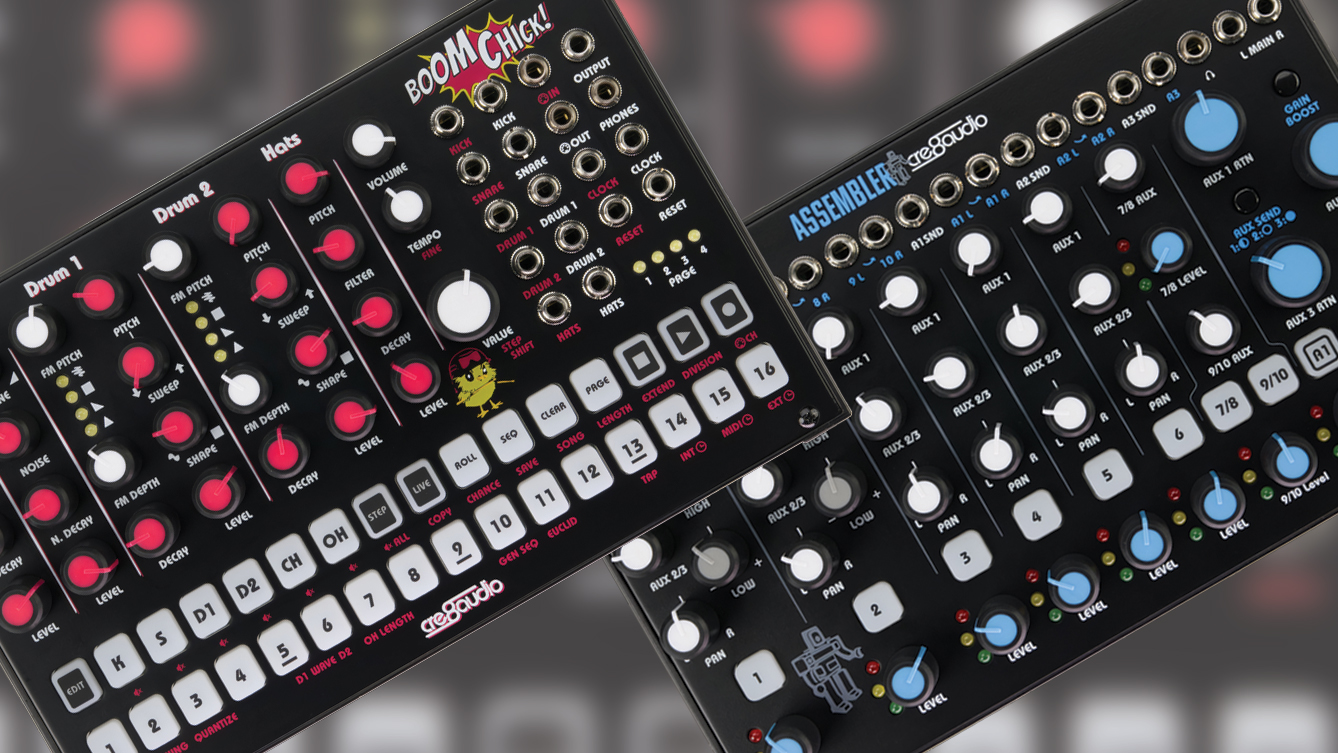Learn the easy 3-chord trick that's behind countless hit songs
Plus, 5 classic songs that use the I-IV-V progression

You’ve heard jokes about the likes of Status Quo or Chuck Berry writing songs with three chords, right? Well, it’s no joke – and they’re not the only ones taking the easy road: this staple jam session progression is heard throughout rock, blues, folk, and more.
Get the chords down and you’ll have hundreds of songs to try. Known as a I-IV-V (one-four-five’) progression, or ‘three-chord trick’, the chords are built on the first, fourth and fifth notes of the major scale. Learn the scales to find out the chords.
One-four-five progression in C C D E F G A B C

There are seven notes in the key of C major (or eight, if you count C twice). It’s easy to see that the chords of a one-four-five progression in C must be C, F and G.
One-four-five progression in G G A B C D E F# G

This should be easy, by now. Obviously a I-IV-V in G major uses G, C and D chords. It’s really easy to play because you can use open chords.
One-four-five progression in E E F# G# A B C# D# E

E major is hard scale to remember, thanks to the sharp (#) notes. Still, it’s one of the more common scales for guitarists so try to remember the E-A-B progression.
One-four-five progression in F G A B♭ C D E F

These chords are tough, but useful. Tough because you have to play barre chords. Useful because you can move the shapes anywhere on the neck to a different pitch.
Audio: A classic I-IV-V progression in a basic blues style
5 classic songs that use the I-IV-V progression

1. Led Zeppelin – Rock And Roll A D E
2. Stevie Ray Vaughan - Pride And Joy E♭ A♭ B♭
3. Bob Marley - Three Little Birds A D E
4. George Ezra – Budapest F B♭ C
5. Chuck Berry – Johnny B Goode B♭ E♭ F
How to solo over a 12-bar blues chord progression
Get the MusicRadar Newsletter
Want all the hottest music and gear news, reviews, deals, features and more, direct to your inbox? Sign up here.
MusicRadar is the number one website for music-makers of all kinds, be they guitarists, drummers, keyboard players, DJs or producers...
- GEAR: We help musicians find the best gear with top-ranking gear round-ups and high-quality, authoritative reviews by a wide team of highly experienced experts.
- TIPS: We also provide tuition, from bite-sized tips to advanced work-outs and guidance from recognised musicians and stars.
- STARS: We talk to musicians and stars about their creative processes, and the nuts and bolts of their gear and technique. We give fans an insight into the craft of music-making that no other music website can.












